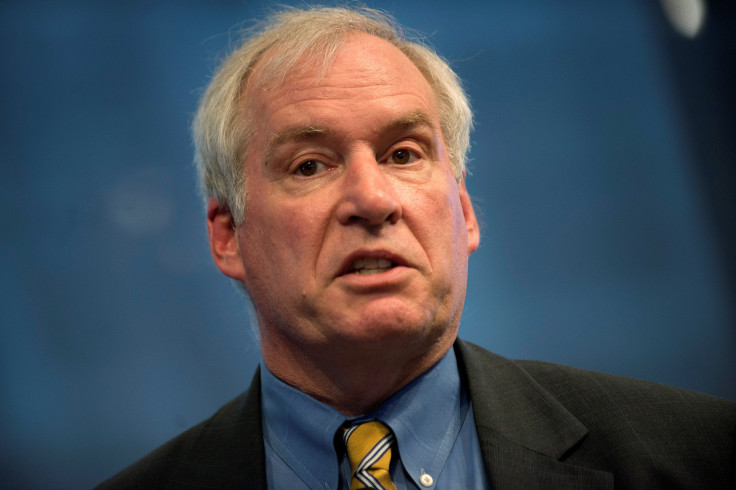Fed Says It Whipped US Unemployment, Maybe Too Well

Federal Reserve officials tout a decade of falling unemployment as among their major victories in fighting the economic crisis of 2007 to 2009.
Now they are beginning to worry they have been too successful. When unemployment falls as low as it is currently, Boston Federal Reserve bank president Eric Rosengren said in a new paper released Thursday as part of a review of Fed policy, recession has inevitably followed, with the central bank showing no success in fine-tuning the economy to a stable rest at full employment.
Policy forecasts have often projected such a "soft landing," he noted, and with unemployment at a near two decade low of 3.9 percent the hope has risen again.
But since World War Two, periods in which joblessness has fallen below the estimated "natural" rate of full employment inevitably have been followed by a recession, with only a half a percentage point rise in the unemployment rate needed to kickstart the slide. The current estimate of "full employment" is around 4.5 percent.
"The recurrent pattern was one where the tightening of monetary policy was expected to slow the economy down gently...to full employment," Rosengren and three Boston Fed co-authors noted. But "Once the unemployment rate starts to rise by a relatively modest amount, dynamics take hold that tend to push the economy into a recession."
"The empirical record of policymakers’ ability to engineer a growth recession that nicely lands the economy at full employment without morphing into a full-blown recession is not comforting."
Rosengren used his remarks to advocate the Fed regularly review its policy "framework" by conducting a systematic review of what is working and what is not at regular intervals rather than adapting to events on the fly as has been more typically the case. The Bank of Canada for example conducts such a review every five years.
But his comments about the inability of the Fed to sustain long periods of low unemployment without a follow-on recession reflect a spreading sense among U.S. central bankers that the economic landscape may be shifting under their feet.
On Wednesday Fed Governor Lael Brainard, among the more cautious of policymakers regarding past rate hikes, said she now feels rates may need to keep rising for another year or two as stronger growth takes hold.
In research also released Thursday, former Fed chair Ben Bernanke said one failing of the Fed in the crisis era was that its models of the economy did not include many of the credit and financial dynamics that made the last recession so bad. Building those dynamics into new analytic tools would, in effect, weave more of an emphasis on credit markets into the central bank's outlook.
For Rosengren the moment is one for caution. If the history of what follows ultra-low unemployment is troubling, equally tough is the fact that interest rates are still so low the Fed has limited room to respond should it need to ease monetary policy.
One reason the Fed should have a broad discussion, he said, is to discuss how to avoid or delay a next downturn or what it might do to fight one should it arrive.
That could involve discussion over issues like raising the inflation target from the current 2 percent so all interest rates would move up, or targeting a level of gross domestic product the Fed would aim to hit through higher inflation.
Or it may just involve an acknowledgement that in an era of low interest rates, "we should probably not rely on (monetary policy) alone, even with the best-designed framework, to take sole responsibility for economic stabilization," Rosengren wrote. "There are practical limits."
Reuters
(Reporting by Howard Schneider; Editing by Chizu Nomiyama)
© Copyright Thomson Reuters 2024. All rights reserved.





















